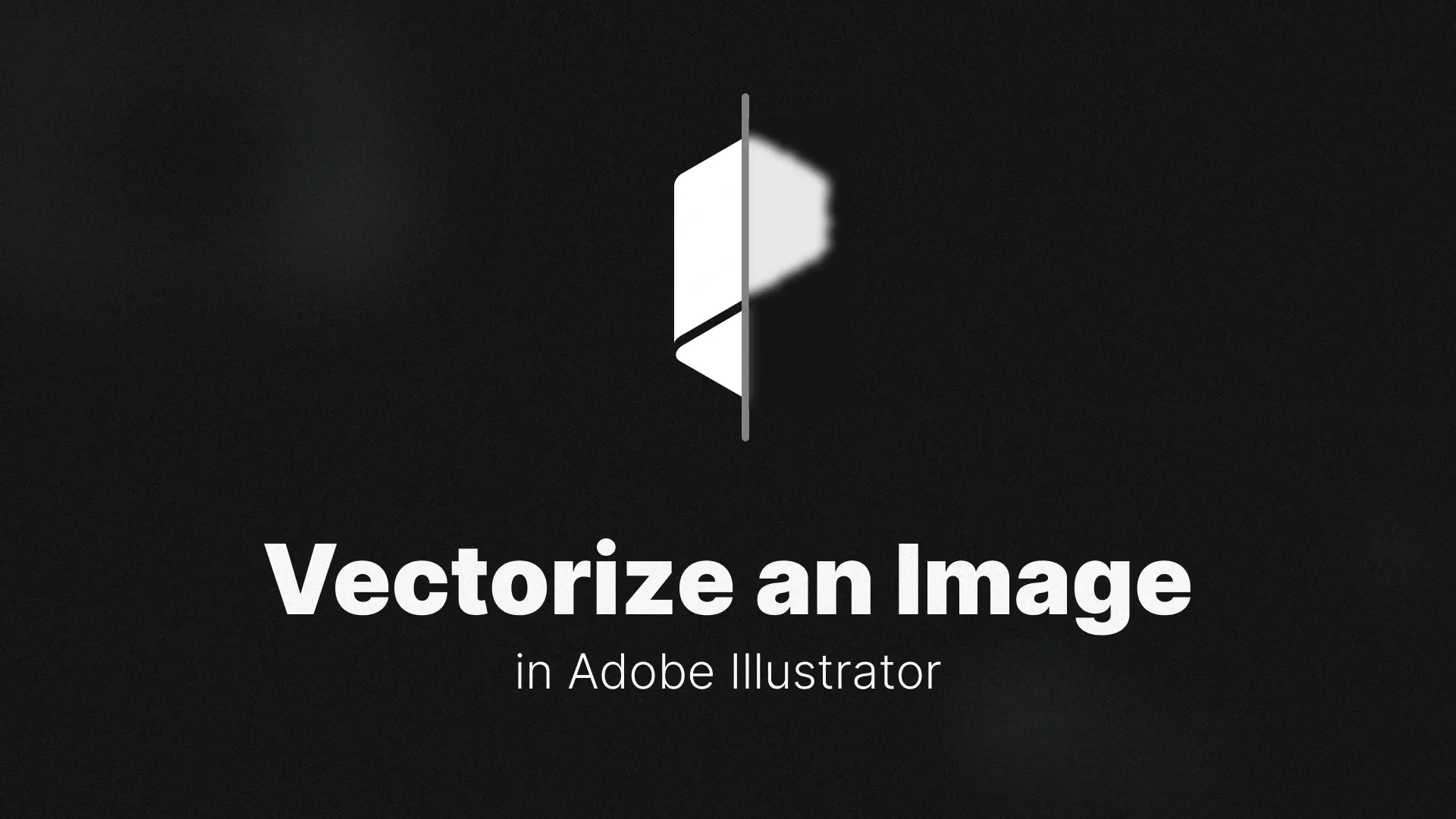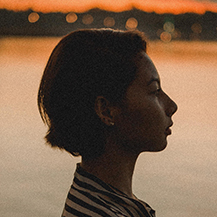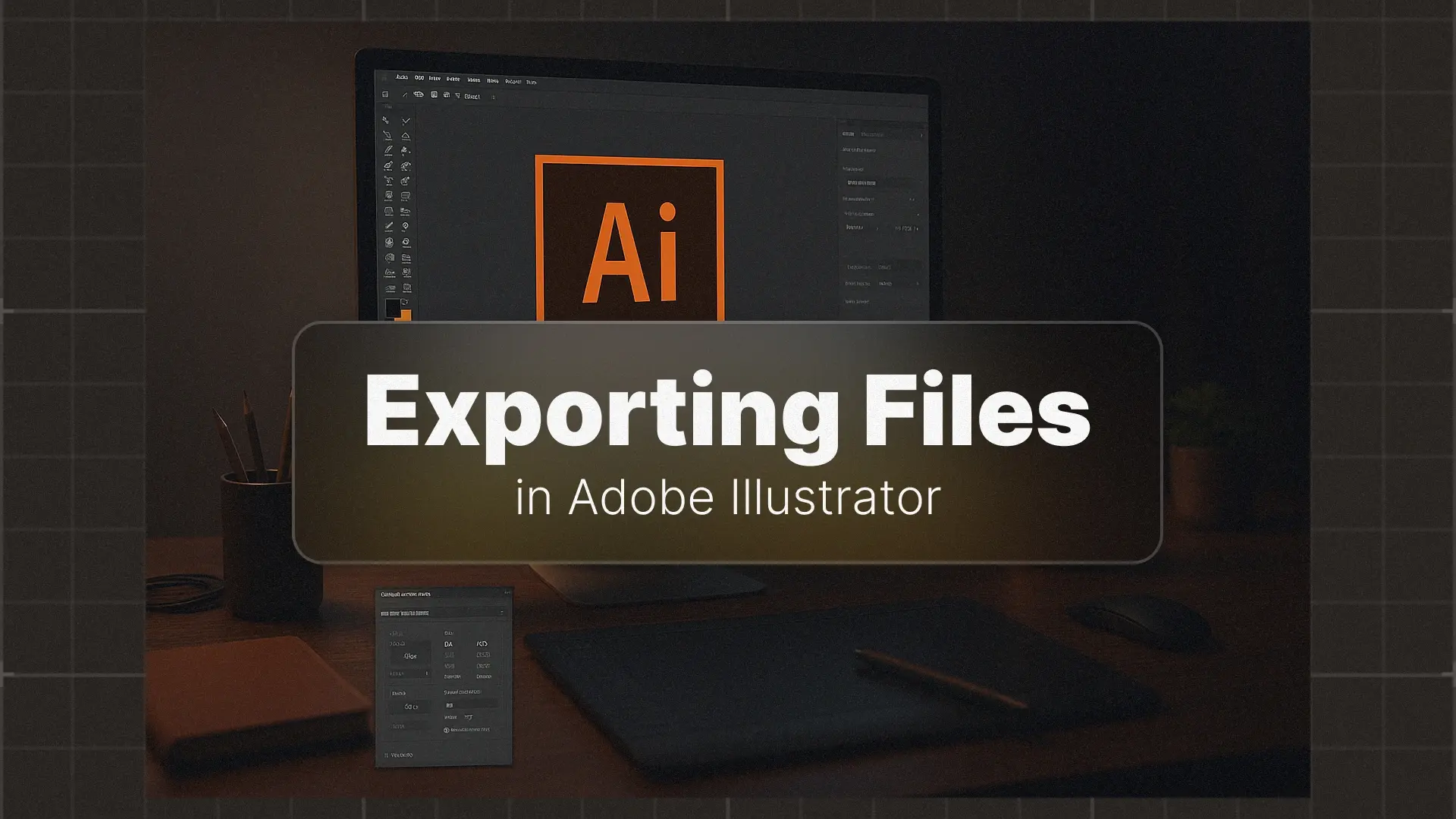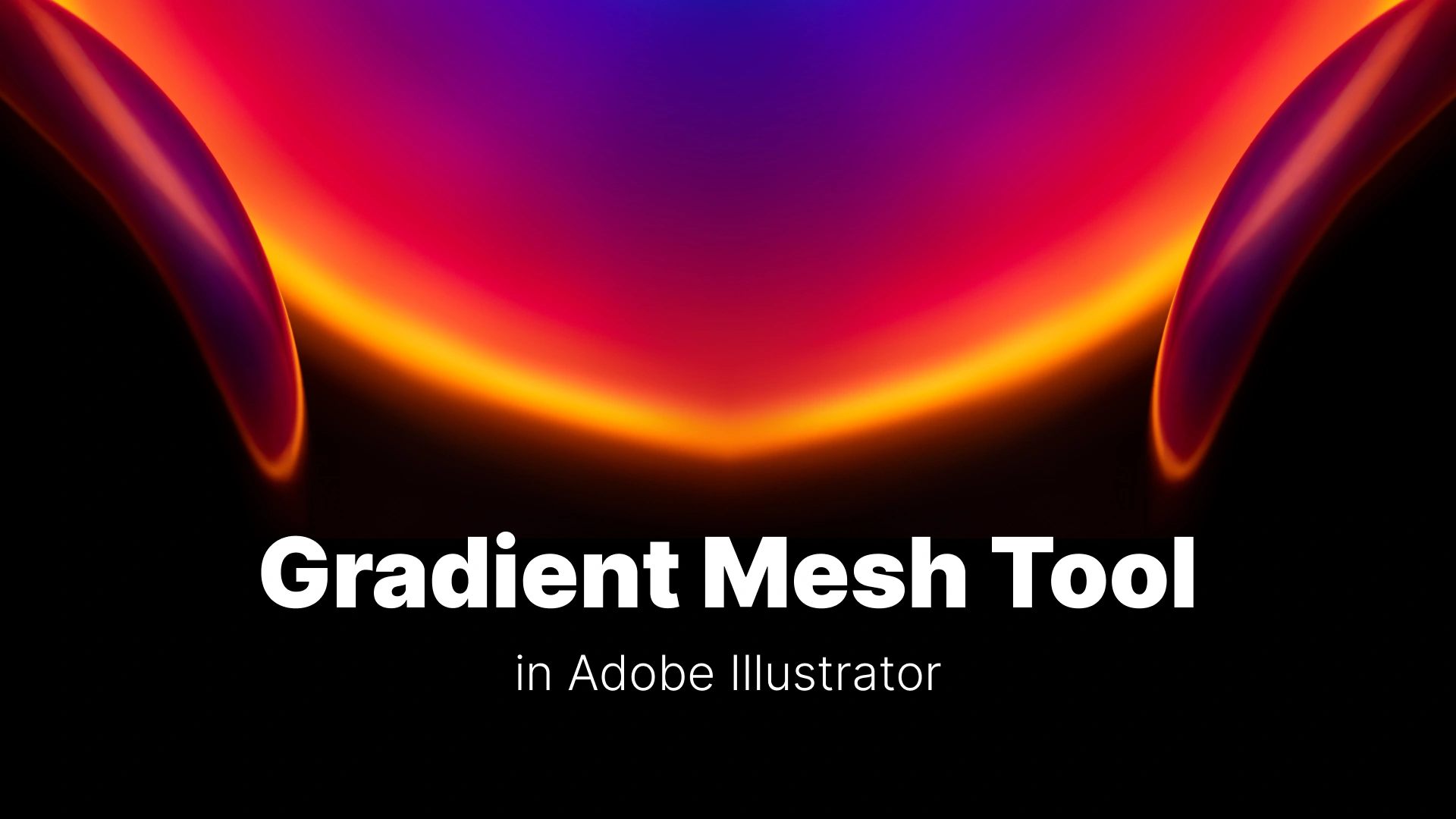How to Vectorize an Image in Illustrator (The Easy Way)

Converting it to a vector is the solution—and with Adobe Illustrator’s powerful Image Trace tool, it’s easier than you might think. Whether you’re working with a low-resolution JPG, a transparent PNG, or a scanned pencil sketch, Illustrator allows you to convert any image to vector with just a few clicks.
In this step-by-step guide, we’ll show you exactly how to vectorize an image in Illustrator using the built-in tools, including both the one-click automatic option and the more detailed Image Trace presets for fine-tuned control. You’ll also learn how to clean up your traced artwork, edit vector paths, and decide when to use Image Trace vs. the Pen Tool for best results.
If you’re looking to speed up your design process even further, check out these Illustrator graphic templates that are perfect for building on top of your newly vectorized images.
Let’s get started by understanding exactly what “vectorizing” means.
Professional Illustrator Templates
What Does It Mean to Vectorize an Image?
Raster (JPG, PNG) vs. Vector (AI, SVG)
Before we dive into Illustrator tools, it’s important to understand the difference between raster and vector images.
Raster images (like JPG and PNG) are made up of pixels. When you zoom in or enlarge them, they become blurry or pixelated. These formats are great for photographs but not ideal when scalability is required.
Vector images, on the other hand, are built using paths, anchor points, and curves. Formats like AI, SVG, or EPS can be scaled infinitely without any loss of quality—perfect for logos, illustrations, and print graphics. When you convert an image to vector in Illustrator, you’re transforming those pixels into scalable paths.
Why Would You Need to Vectorize an Image?
There are many practical reasons to vectorize an image in Illustrator:
- Scaling low-resolution logos for print or web use
- Creating cut files for Cricut or Silhouette machines
- Turning hand-drawn sketches into digital vector art
- Removing the background for clean overlays
- Stylizing photos or artwork for poster or t-shirt designs
Whether you’re converting a logo to vector in Illustrator or need a high-fidelity photo conversion, vectorizing ensures your image looks crisp and professional at any size.
The Ultimate Guide to the Image Trace Tool
Step 1: Placing Your Image
To get started, open your Illustrator file and place your raster image by going to File > Place. This works for JPG, PNG, PSD, and other raster formats. Make sure the image is selected on your artboard before moving to the next step.
This method supports both JPG to vector Illustrator and PNG to vector Illustrator workflows.
Step 2: Using the One-Click Image Trace
With the image selected, go to the Properties panel and click Image Trace. Illustrator will immediately analyze the image and apply a default trace.
This is the fastest way to vectorize an image in Illustrator, especially for basic graphics like logos, shapes, or simple artwork.
Why use one-click tracing?
Because it gives you an instant preview and a starting point. Even if you plan to refine it later, the one-click tool is ideal for quickly turning raster artwork into editable vector shapes.
Step 3: Exploring the Image Trace Presets
For better results, Illustrator offers several Image Trace presets tailored for different kinds of artwork. You’ll find these in the top control bar or the Image Trace panel (Window > Image Trace).
Here are the most commonly used options:
- Black and White Logo
Ideal for converting logos or icons with a single color into clean vectors. - High Fidelity Photo
Best for detailed photo-to-vector conversion. Preserves colors and gradients with surprising accuracy. - Sketched Art
Perfect for turning hand-drawn pencil or ink art into vector paths. - 3, 6, or 16 Colors
These create stylized, posterized versions of images and are great for vector art with a retro feel.
Choosing the right preset is crucial if you’re wondering about the best way to convert JPG to vector in Illustrator. You can experiment freely—Illustrator gives you a live preview of each selection.
Step 4: The Most Important Step – Expand
Once you’re happy with the trace result, click the Expand button in the top control bar or the Properties panel. This step converts your traced object into editable vector paths.
Until you click Expand, Illustrator is still treating the object as a trace preview. After expansion, you can use tools like the Direct Selection Tool (A) to edit anchor points, paths, and colors.
This is what transforms your image from a traced preview into a true vector file. Whether you’re preparing a logo for print, an illustration for animation, or using assets from Pixflow’s Illustrator templates, this step unlocks full editability.
How to Clean Up and Refine Your Vector Trace
Removing the White Background After Image Trace
One of the most common issues after vectorizing an image is dealing with an unwanted white background. If your original image had a white background, Image Trace might include it as part of the vector artwork.
To remove it:
- Make sure the traced image has been expanded.
- Select the image and go to Object > Ungroup (Shift + Ctrl/Cmd + G).
- Use the Direct Selection Tool (A) to click on the white background area.
- Press Delete.
If you’ve ever searched how to remove white background after Image Trace, this method works every time, even with logos or sketched art.
How to Make Lines Smoother After Image Trace
Sometimes Image Trace generates too many anchor points, especially with detailed or noisy images. This can lead to jagged or messy outlines.
To clean it up:
- Select your vector object.
- Go to Object > Path > Simplify.
- Use the sliders to reduce anchor points and smooth curves without losing shape.
This is the best method if you’re wondering how to make lines smoother after Image Trace in Illustrator, especially for hand-drawn artwork or scanned sketches.
How to Edit Colors in Your Traced Vector
After expanding your trace, each shape is now a vector object with its own fill. To change any color:
- Use the Direct Selection Tool (A) to select individual shapes.
- Open the Swatches panel or Color Picker.
- Apply any color or gradient you like.
You now have full control over every part of your traced image. This is especially useful when using adobe illustrator to convert images to vector with color—you can stylize and customize each element independently.
Image Trace vs. Pen Tool: When to Use Each Method
When to Use Image Trace
Image Trace is your go-to tool for:
- Photos with lots of detail and color
- Hand drawings with variable stroke thickness
- Fast conversions when speed is more important than perfect precision
If you’re wondering how to convert a complex image to vector in Illustrator, Image Trace—with some cleanup—is often your best bet.
When to Trace Manually with the Pen Tool
For logos, icons, or UI elements where precision is essential, manual tracing with the Pen Tool is unmatched. It allows you to create perfect curves, sharp corners, and highly optimized vector paths.
While Image Trace can save time, designers often use the Pen Tool when working on brand identity, where clean geometry is non-negotiable. Learn how to master this tool in our Pen Tool tutorial.
Conclusion
Ready to practice? Pick an old logo, photo, or sketch and convert it to a vector. And if you want professionally designed files to work with, check out these ready-to-edit Illustrator templates to streamline your creative workflow.
For next-level precision, don’t forget to explore our guide to mastering Illustrator—the perfect companion to your vector journey.







